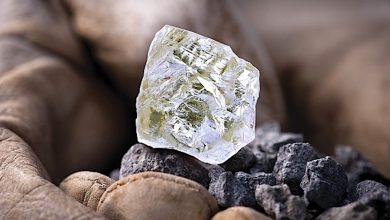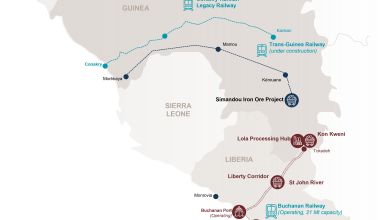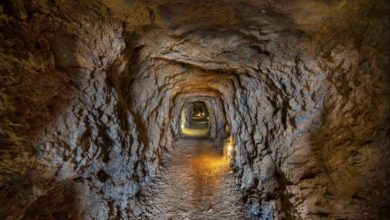Steenkampskraal mine in South Africa set for next phase

The Steenkampskraal monazite mine (SMM) in South Africa’s Western Cape has secured full funding for its initial activities, which include site reclamation, facility upgrades, and laboratory work. The company is also in advanced talks to secure the remaining capital needed to build, commission, and run its main processing facility that will produce monazite concentrate.
SMM announced that part of the next phase includes establishing and operating a hydrometallurgical processing plant. This facility will generate a product known as cerium and lanthanum-depleted mixed rare earth carbonate (CLDMREC), alongside thorium and the medically significant radium-228.
Executive chairperson Enock Mathebula described this milestone as a major advancement, underlining the mine’s growing role in supplying the world’s increasing demand for rare earth elements (REEs). He noted that SMM will soon begin reclaiming stockpiled feed material from both surface and underground sources. This will also mark the start of refurbishing the site’s surface structures, underground shaft systems, and early mining areas, in addition to designing and developing the main processing units.
Steenkampskraal mine
According to CEO Graham Soden, the global rise in REE demand has given the company the opportunity to potentially double its output capacity. He added that SMM has already locked in offtake deals for 25% of its monazite concentrate over the life of the operation. The remaining concentrate will be processed into CLDMREC and other byproducts.
Once steady-state production is achieved, CLDMREC will be shipped to buyers in countries including France, Norway, Canada, and potentially the United States. Although higher production could reduce the current reserve base, SMM plans to launch a major exploration drilling campaign in early 2027. This will target resource extensions at depth and along strike, and aims to incorporate nearby known resources potentially adding 30 more years to the mine’s lifespan.
With the global market for rare earths forecast to triple to over $46 billion by 2035, SMM sees itself well-positioned. Its thorium production, while smaller in scale, is just as critical. Thorium is gaining attention as a clean and safe alternative nuclear fuel, supporting energy security and decarbonization.
Soden emphasized the value of radium-228, a byproduct of thorium decay. Its short-range alpha radiation is highly targeted, making it especially effective in cancer therapies that minimize damage to healthy tissue. With a half-life of 5.75 years, the isotope is practical for medical applications.
Mathebula concluded by affirming that SMM’s rare earth and radioisotope strategy is designed to support sustainable mining, energy innovation, and positive community impact, aligning with South Africa’s broader green development goals.






